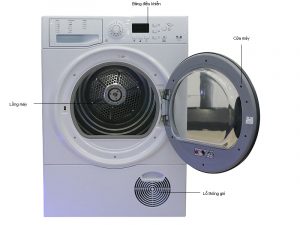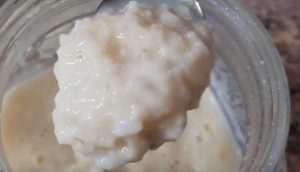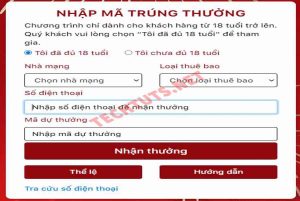The uses of まで ( made ) are definitely more limited than other Japanese particles. Sometimes, it might not even seem like it really is a particle, but it is .
[Summary]JLPT N4 How to use Japanese “Particles” 助詞(じょし) in Japanese | Learn Japanese Online
This particle has one very easy everyday use, and one that is a little less common, but really useful.
Japanese Particles まで (made) :Ending Point
まで ( made ) :
In my previous article about から (kara), I talked about how it can be used to describe a starting point. まで can mark the ending point that corresponds with から’s starting point.
To see an example of this, we can look at the sentence
“Tokyo kara Kyoto made(まで) unten shimashita”
(東京から京都まで運転しました)
“I drove from Tokyo to Kyoto.”
から and まで give us very clear starting and stopping points. You could take off the first part, and just say “Kyoto made,” but it would be unclear where you started unless that was already known from context.
Thes e work for time as well. If you want to say
“Until 5 o'clock,”
“Goji made(まで)”
(五時まで).
You don’t have to always pair まで with から if you have no reason to give a starting point.
you can say “Goji made(まで)” (五時まで). You don’t have to always pair まで with から if you have no reason to give a starting point.
As I said in the から article, these particles feel very linear. Thinking of these particles in a more spatial sense can really help you get the real feeling of them down.
This is the most common way you’ll hear まで used, but it isn’t the only way.
Japanese Particles まで (made) : Even
まで ( made ) :
This next way to use まで is not nearly as common, but it can be a really useful way to say something. This use lets you put まで after an “unexpected” object, as my grammar book says.
The best translation for this in English is “even,” as in “he even likes pickled plums!” There is a sense of surprise that is built into this use.
Let’s flesh out that bit of an example I gave and see how this works in Japanese. This example will be a bit more complicated, so I’ll do my best to explain. Let’s use the sentences, “ Mr. Brown loves Japanese food. He eats not only rice and fish, but even pickled plums ! ” In Japanese we could say ,
“Buraun-san wa washoku ga suki da sou desu. Gohan ya sakana wa mochiron, umeboshi made(まで) tabemasu!”
(ブラウンさんは和食が好きだそうです。ご飯や魚はもちろん、梅干しまで食べます!).
There’s a lot happening in this example, so let’s look at just the end. There are expected items in our list. When we say Mr. Brown likes Japanese food, things like rice and fish are expected. The まで attached to “umeboshi” or “pickled plum” is showing surprise.
When I think about this use, it’s still very linear in my head. For this example, you could imagine it as a scale of Japanese food, starting at food everyone likes (rice, for example), and progressively getting more into food foreigners normally tend to avoid, and then even going into Japanese food that a lot of Japanese people don’t even like (a surprising amount of people I know don’t like umeboshi or natto. I’d put those towards the end of the scale). With まで, you can kind of tell how far along the scale Mr. Brown is, adding your surprise that he’ll eat everything, even up to umeboshi.
In this way, まで still retains a similar meaning as the first use. It helps me a lot to imagine it like this, and I hope it helps you too.
Japanese Particles まで (made) : Other Uses
まで ( made ) :
Like other particles, まで can be added onto to make other useful phrases. Adding に to make it までに ( made ni ) can turn it into a way to mark a time limit. You could mark a deadline like
“Juugatsu tsuitachi made ni”
(10月一日までに)
“By the First of October.”
You can also say までもない ( made mo nai ) to mean “ it is unnecessary to … ” For example, saying
“Iu made mo nai”
(言うまでもない)
“Needless to say…”
This particular phrase does feel a little formal to me, and I don’t hear people use it too much, but it’s nice to know how to use it.
Even particles like まで that seem one-dimensional at first can be very helpful in Japanese. から and まで helped me a lot when I first started learning Japanese, because they helped me to get my head out of English. I had to learn to think in a completely different way to really understand how to use them, and it made learning Japanese that much easier .
Summary
Japanese and English are very different, and it can be nice to figure out how to get your mind out of English and into Japanese. Before long, you won’t be translating things in your head back and forth, you’ll just hear Japanese and know what it means. Sometimes it feels like that will never happen. I get it. But don’t worry. Keep on studying and working hard, and before you know it, you’ll be thinking in Japanese.
Learn Japanese Particles with BondLingo ?
Study in Japan ?
 Study in Japan?
Study in Japan?
Recommend
The Japanese Particle から(kara)
Learn Japanese : The Complete Guide to Japanese” frameborder=”0″ marginwidth=”0″ marginheight=”0″ scrolling=”no”>
The Japanese Particle “と” (TO)
Learn Japanese : The Complete Guide to Japanese” frameborder=”0″ marginwidth=”0″ marginheight=”0″ scrolling=”no”>
Related

 Study in Japan?
Study in Japan?











